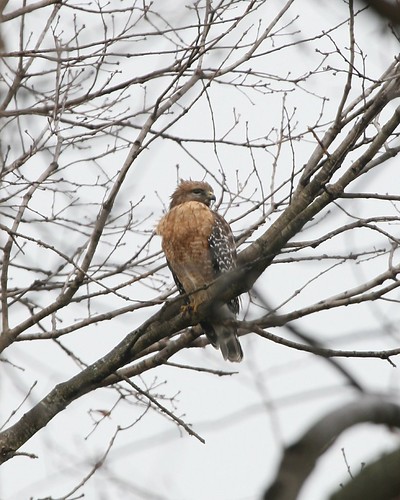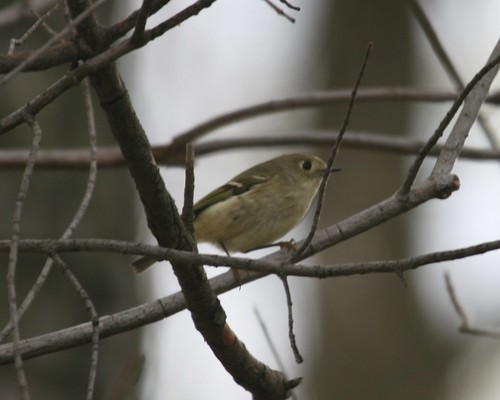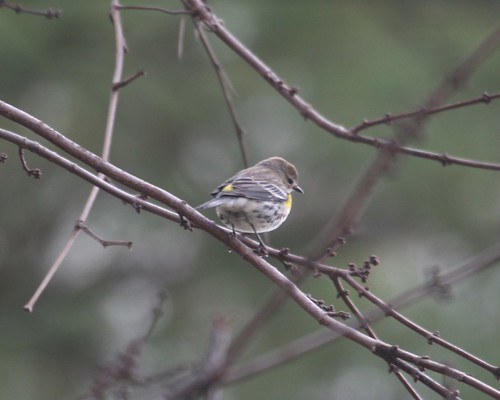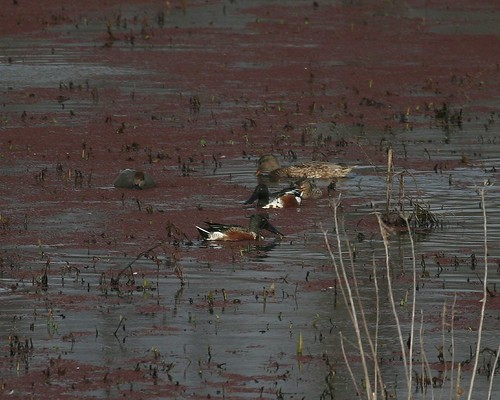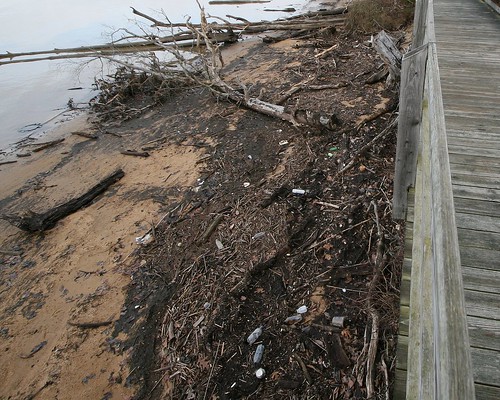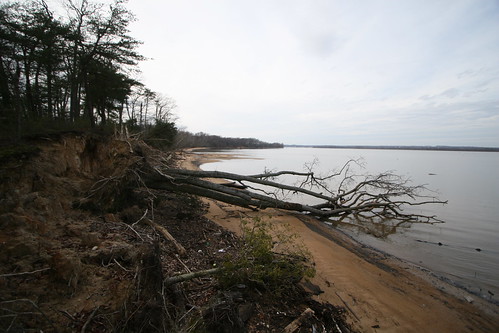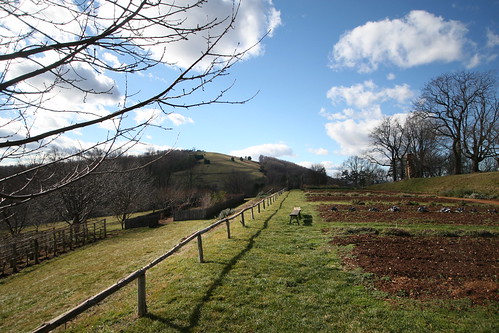I took a moment this week to check out some personal bird watching totals from the past two years. I wanted to get an idea of how many birds I saw and where. While I could get much more granular on where I saw birds (e.g. last week I saw a
Hooded Merganser in the drainage pond behind the
Ukrops located at
Virginia Center Marketplace), I am going to just show counts by state here.
First, here are the numbers for 2005:
- Total in 2005 = 214
- Total in 2005 - Arizona = 111
- Total in 2005 - Virginia = 130
Here are the numbers from last year:
- Total in 2006 = 207
- Total in 2006 - Florida = 42
- Total in 2006 - Maine = 92
- Total in 2006 - Oregon = 31
- Total in 2006 - Virginia = 137
It looks like last year I birded in more places, but I pretty much saw the same number of birds as in 2005. The birding in Florida and Oregon did not really produce many species of bird, but that is primarily because of limited time. The time in Maine was for the
ABA convention and thus was all about the birds.
This year I am tentatively planning on attending the ABA convention again, this time in
Louisiana. I am not sure if there will be any other trips outside of Virginia this year, but I hope so.
Finally, the one count that I have not included, but that nearly all birders keep track of, is my life list. Back in 2005, during the ABA convention in
Tucson, my laptop crashed with a fried hard drive. I was not making very good computer backups at the time, and I ended up losing the software and data that I was using at the time to keep track of my bird watching records. All I had were the slips of paper that I had used while bird watching to write down the species I was seeing that day, and these only went back to the beginning of 2005. I essentially started my life list over in 2005. I know there are birds that my current data says I have not seen, but that I did see sometime before the start of 2005. Since I lost the records of those sightings, I just decided to start over. One of the other side effects of starting over is that nearly every bird I log now-a-days is a new bird for my life list.
Why am I telling you this? Well, it is not uncommon for a birder to tell you how many new birds they added to their life list in the past year. Since I am rebuilding my life list, this year's number would be silly large. The total of 292 is good enough for now. At the end of 2007 I will report on the new life list total, and then we will see how many new birds I added during the year. While it will probably still be a bit inflated, it should be much more closer to reality.
